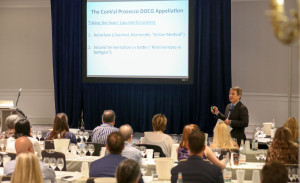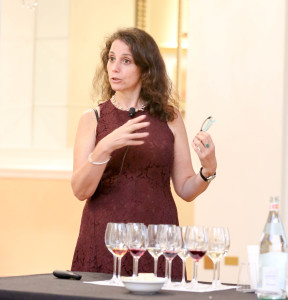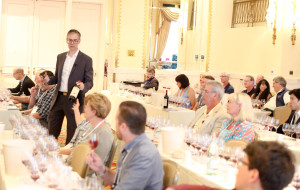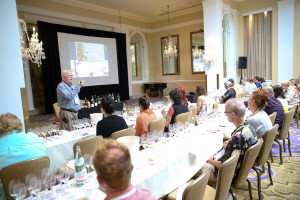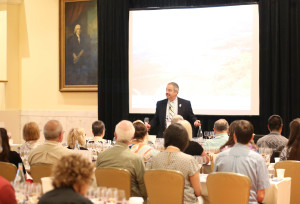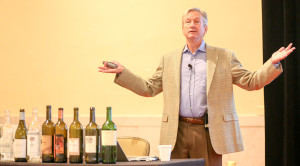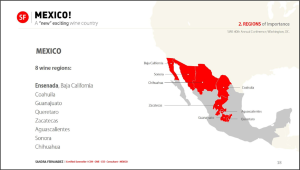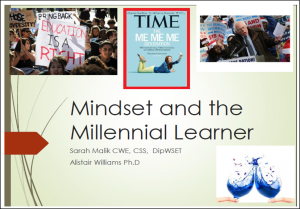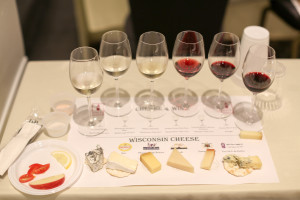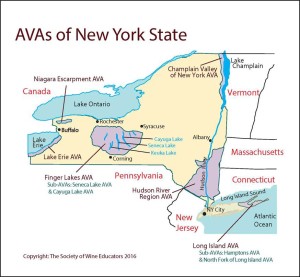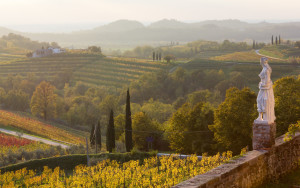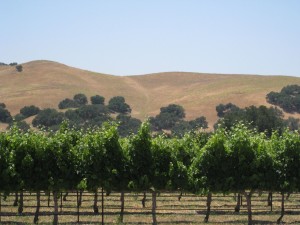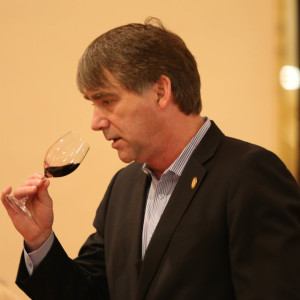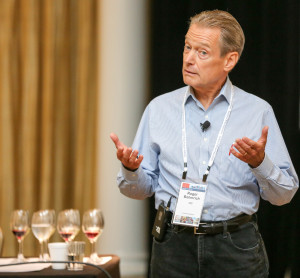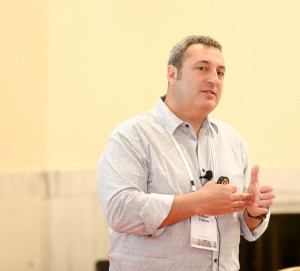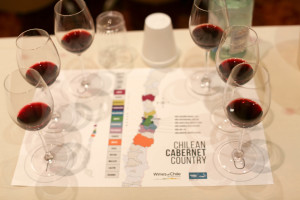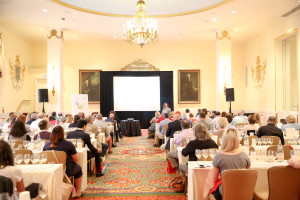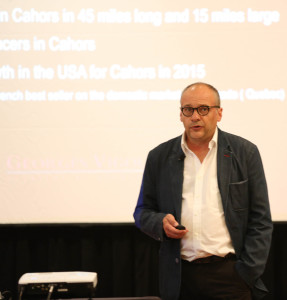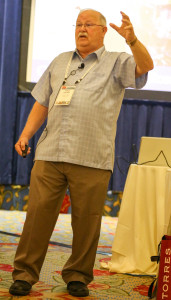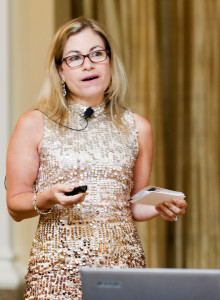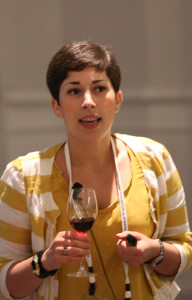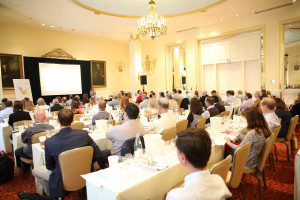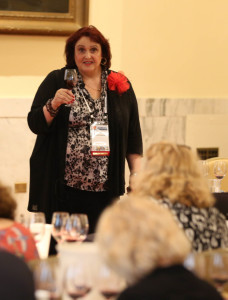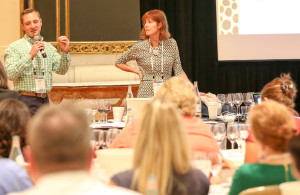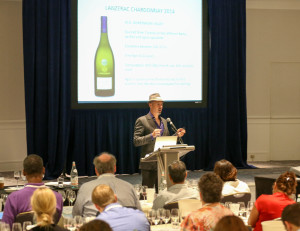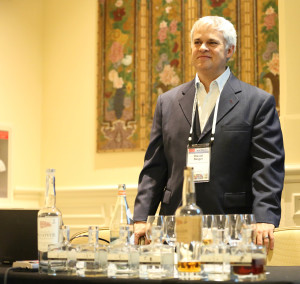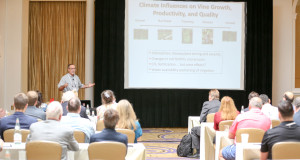SWE’s 40th Annual Conference, held in August of 2016 at the Mayflower Hotel in Washington DC, had some amazing sessions on Italy!
Diamonds in the Rough: The Many Faces of Conegliano Valdobbiadene Prosecco was presented by Alan Tardi. Alan began his session by acknowledging that Prosecco has recently skyrocketed to international fame, becoming (by some counts) the world’s most popular sparkling wine. But while everyone knows Prosecco, and people all over the world enjoy a Bellini or a Spritz…very few people know what Prosecco really is.
2009 was a decisive year for Prosecco. By this time they wine was well known throughout the world and growing rapidly in popularity, but there was some confusion, as the name was not officially recognized outside of Italy and was not legally tied to its specific area of origin, which left it wide open to counterfeit and abuse. As such, three things occurred in 2009: the new Prosecco DOC was created, the classic Prosecco territory of Conegliano Valdobbiadene was upgraded to DOCG status, and the name of the principal grape variety—Prosecco—was changed to Glera (an historical synonym) so the well-known name could be specifically applied to the region.
The tasting portion of the session included an interesting range of wines produced within the Conegliano Valdobbiadene Prosecco area—including still (tranquillo) wines such as Bortolomiol Valdobbiadene Prosecco DOCG “Canto Fermo” Tranquillo 2015, a Gregoletto 100% Verdiso (produced under the Colli Trevigiani IGT), and the parcel-specific “Particella 68” Valdobbiadene Prosecco Superiore DOCG 2015 Brut from Sorelle Bronca. For more information on the session and the wines, click here to download the slide show: diamonds-in-the-rough-the-many-faces-of-prosecco-docg-presented-by-alan-tardi
Liguria—Italy’s Unsung Region was presented by Susannah Gold, CSS, CSW: Have you heard of Liguria? It is a very narrow strip of land between the Ligurian Sea, the Alps and the Apennines—bordered by France to the west, Piedmont to the north, and Emilia-Romagna and Tuscany to the east. Perhaps its best-known feature is the Cinque Terre.
Being so close to the sea, as you can imagine the area has an overall mild climate, although some spots experience abundant rain and harsh winter winds. White grapes rule the region, with Vermentino, Bosco, Albarola, Pigato, and Bianchetta Genovese among the leading (and quite interesting) grapes of the region. Some reds are also produced, featuring (among others) the Ciliegiolo, Granaccia (aka Grenache), Ormeasco, and Rossese di Dolceacqua varieties.
Liguria has eight DOCs (one shared with Tuscany) and you can download a pdf of the rules, regulations, and main wine styles of each of these areas here: liguria-disciplinare. For more information on Liguria her wines, as well as details of the wines tasted during Susannah’s session, click here to download the liguria-italys-unsung-region-presented-by-susannah-gold-css-csw.
Super Tuscany was presented by Paul Poux, CSW: In this interactive session, Paul Poux introduced us to a range of wines from Tuscany that included not just “Super Tuscans” but a variety of other Tuscan wines and regions that are new or reinvented.
These wines included an IGT Trebbiano from Capezzana Winery (better known for Carmignano). This was a delightful white wine described by Paul as having aromas of “almonds, yellow flowers of the field, and vanilla.” Next up was a Chianti— Melini Chianti 2013—packaged in an old-fashioned, wicker-enclosed bottle that attendees learned was known as a “fiasco.”
After a discussion on how the world-wide reputation of Chianti fell (for a short time) into quite a funk, the audience relished several of the finest examples of Chianti available, including Chianti Classico, a Chianti Classico Riserva, and a few samples of the “newest” designation of Chianti, the Chianti Classico Gran Selezione.
Following the Chiantis, several of Tuscany’s other well-known reds were presented, including Tignanello 2011 (Toscana IGT), Carmignano, Brunello di Montalcino, and Morellino di Scansano. The class ended on a high note with a sampling of two true Super Tuscans, including Ca’Marcanda Bolgheri 2011and Bolgheri Sassicaia 2011. For more information on Paul’s session, click here to download the slides: super-tuscany-presented-by-paul-poux-csw
We will be posting additional conference recaps in the next few days. In addition, we are building our permanent archive of notes from the 2016 SWE Conference-click here! If you are a conference speaker who would like to share your materials, please contact Jane A. Nickles at jnickles@societyofwineeducators.org
